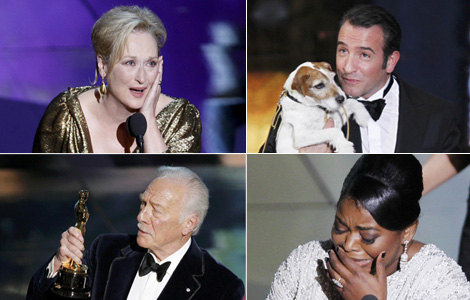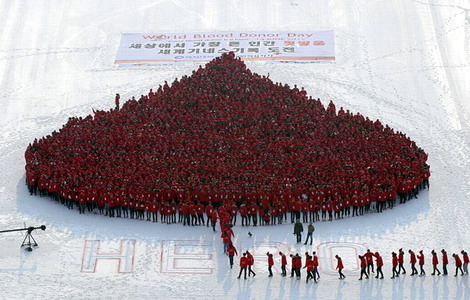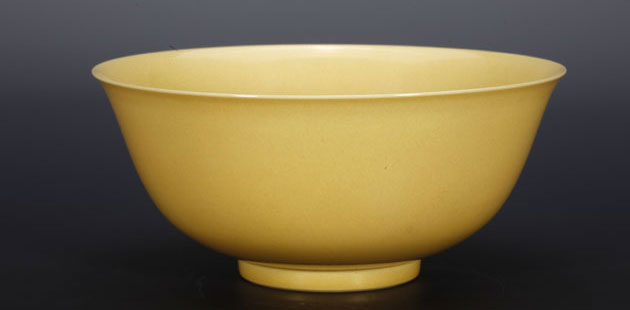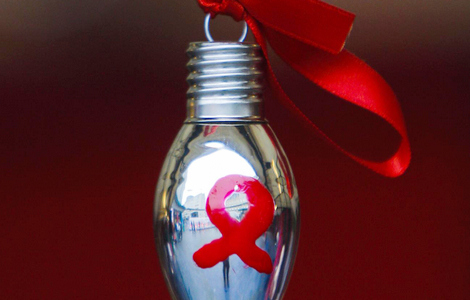Reopened museum 'is a symbol of national pride'
Updated: 2012-03-02 08:05
By Zhu Linyong (China Daily)
|
|||||||||
BEIJING - A ceremony marking the official reopening of the renovated and enlarged National Museum of China was held on Thursday after a year of trial operation.
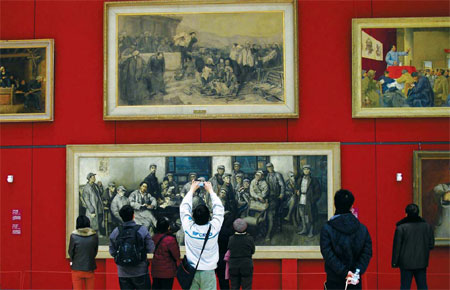 |
|
The expanded National Museum of China officially opened its doors to the public on Thursday after a one-year trial run. The Beijing museum is the world's largest in terms of floor area. [Photo by Jiang Dong / China Daily] |
"The imposing structure, well-equipped, and with a wonderful collection, well-trained staff, and superb services, has become a calling card for a nation with a 5,000 year civilization. It is a monument to China's cultural prosperity and a symbol of national pride," said Cultural Minister Cai Wu at the ceremony.
|
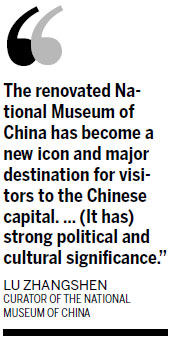 |
The complex, originally occupied by the Museum of Chinese History and the Museum of Chinese Revolution, on the eastern side of Tian'anmen Square in Beijing, first opened in 1959 to celebrate the 10th anniversary of the People's Republic of China. It was considered an icon of Maoist-era socialist design and symbolic of the Soviet Union's influence on Chinese art and architecture.
The National Museum of China was established on Feb 28, 2003, after the merger of the Museum of Chinese History and the Museum of Chinese Revolution.
From 2007 to 2010, the complex underwent extensive renovations and expansion at a cost of 2.5 billion yuan ($397 million).
The work was based on plans drawn up by the Institute of Building Design under the Chinese Academy of Building and the German design company Gerkan, Marg and Partners.
The museum covers nearly 200,000 sq m and houses more than 1.2 million cultural relics and artworks.
It contains 48 large exhibition halls, a theater, a conference hall and a broadcasting studio.
There are souvenir shops, bookstores, cinemas, theaters, education centers, a teahouse and restaurants.
To help visitors find their way through its four floors aboveground and two underground floors, the museum offers handheld audio guides, touch screens, and free guide software for mobile phones.
"The renovated National Museum of China has become a new icon and major destination for visitors to the Chinese capital," said Lu Zhangshen, the curator, who added that due to its location, it has "strong political and cultural significance".
Over the past year, the museum has held more than 50 large-scale exhibitions, organized academic seminars and symposiums on arts and cultural heritage, and received more than 4.1 million visitors.
Since the renovation was completed last March, the museum has been the focus of several controversies.
On April 21, a 9.5-meter bronze statue of Confucius that was unveiled on Jan 11 in a small square on the museum grounds was moved indoors after scholars questioned whether Confucianism was representative of the values and ideals of modern China.
In June and September, the museum was criticized for heavily hyped exhibitions for two luxury brands - Louis Vuitton and Bulgari.
Hot Topics
Wu Ying, iPad, Jeremy Lin, Valentine's Day, Real Name, Whitney Houston, Syria,Iranian issue, Sanyan tourism, Giving birth in Hong Kong, Cadmium spill, housing policy
Editor's Picks
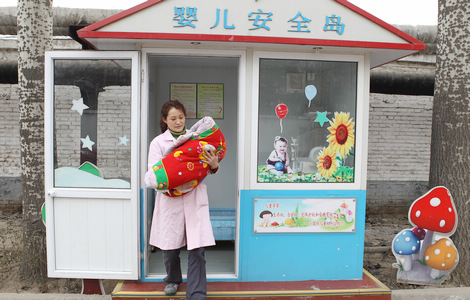
|
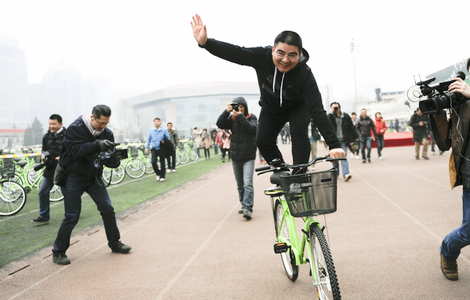
|
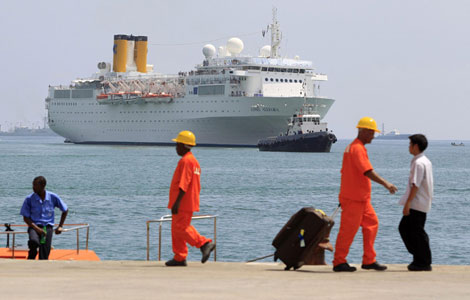
|
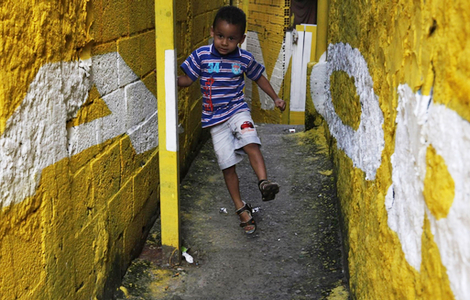
|

|

|


